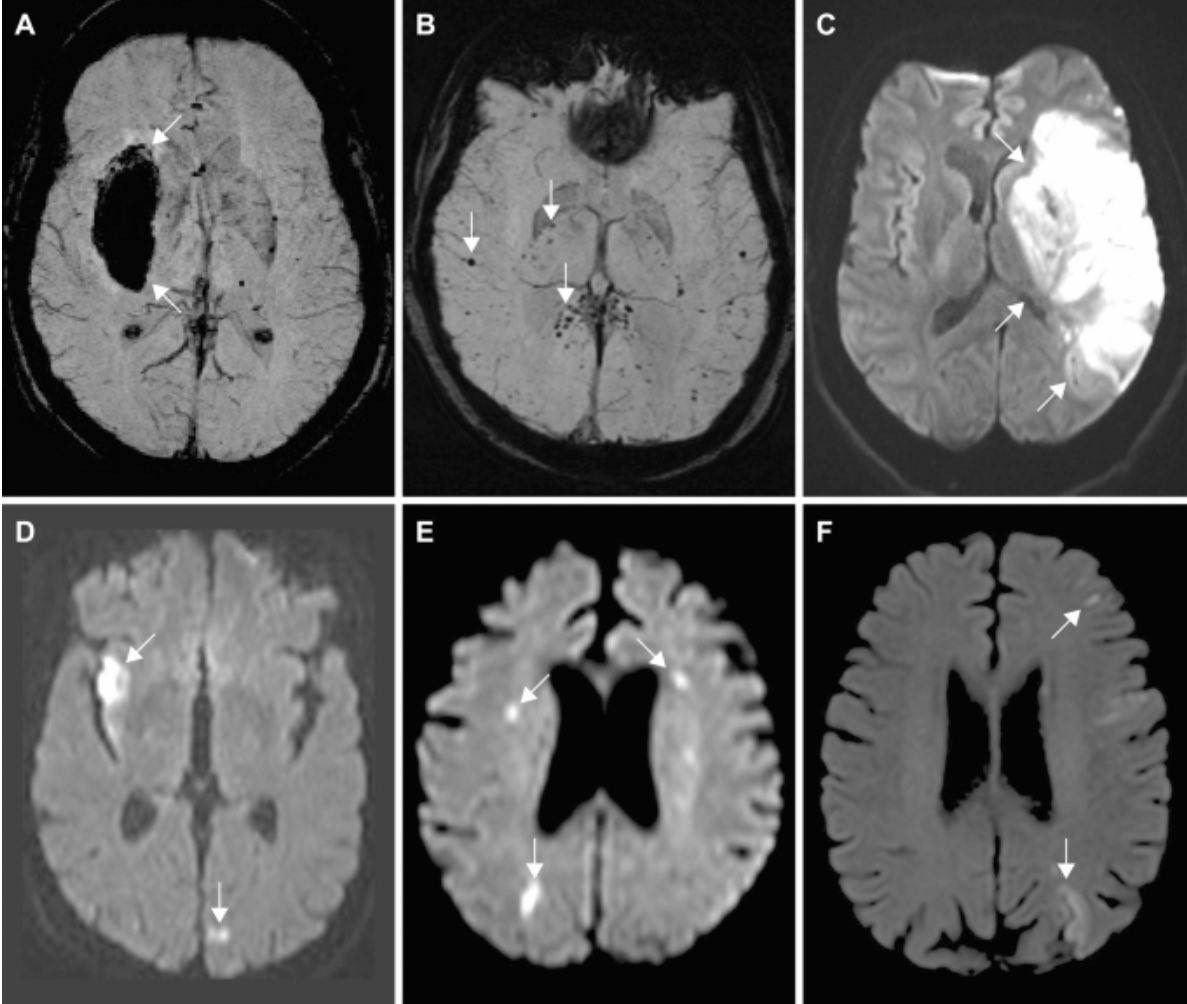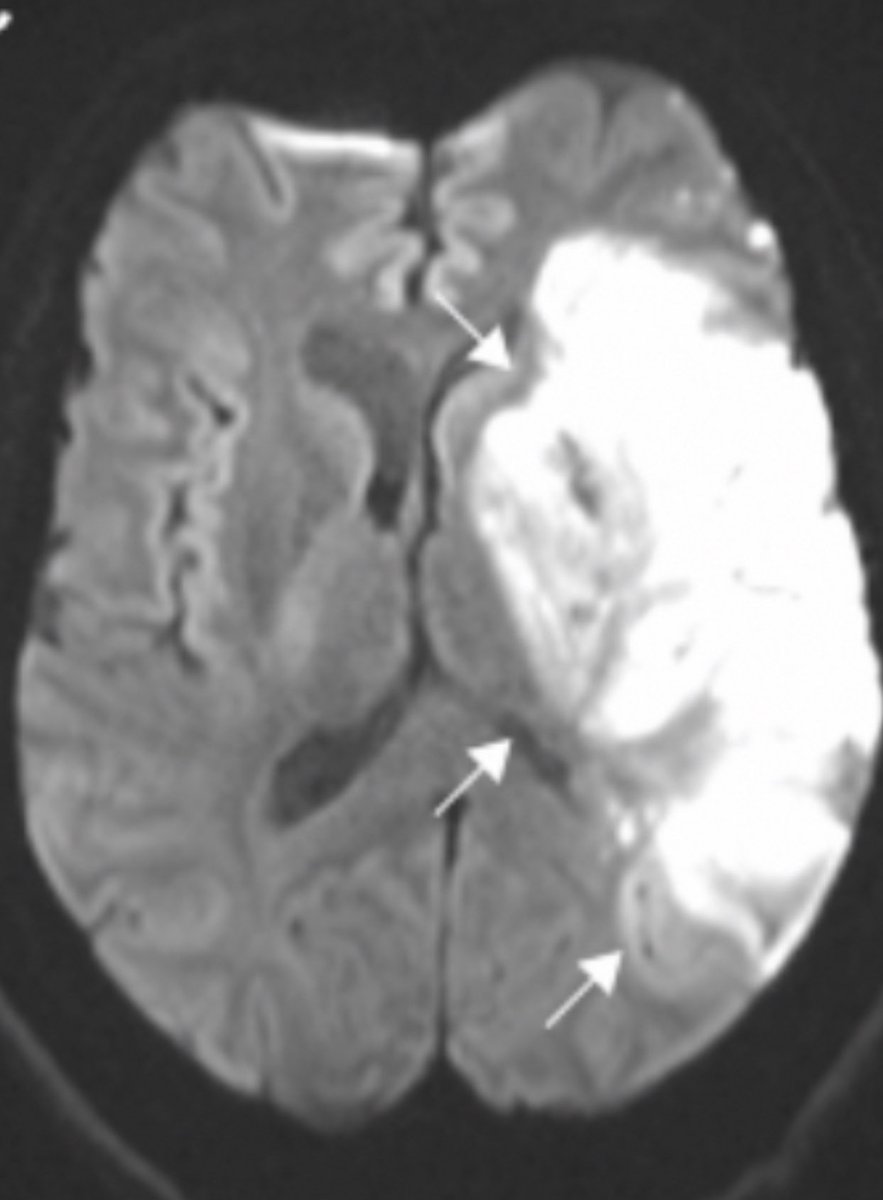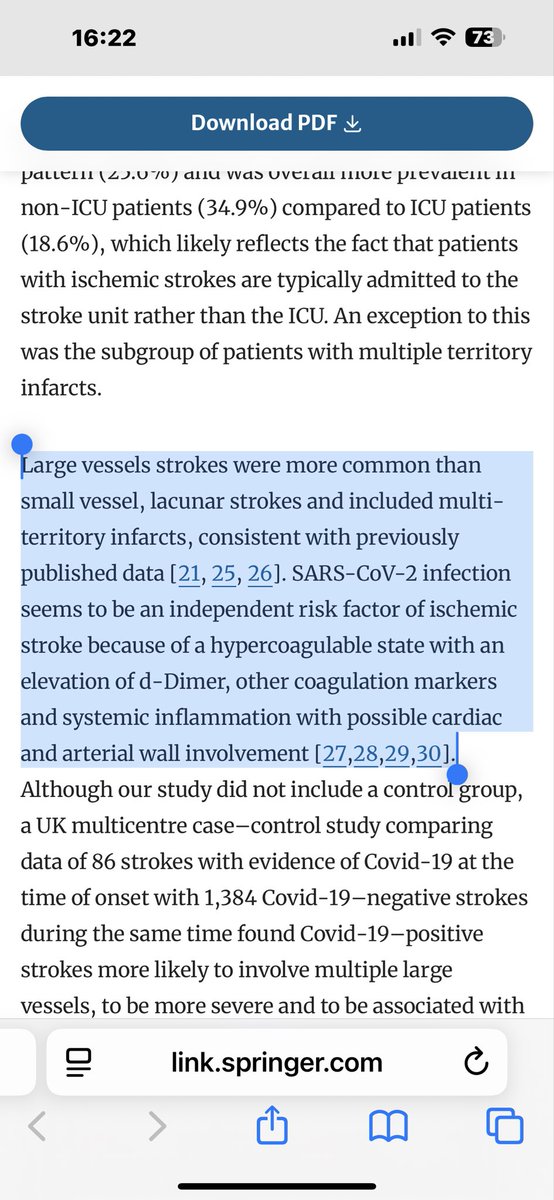If in Dec 2020 you had told me it would take until April 2021 to get my #COVID research published, I’d have been disappointed.
It has now been published (April 2025), 4 years later.
👇
Here's my epic COVID-19 failure story …
Long thread 1/25 bit.ly/4j6fIpx
It has now been published (April 2025), 4 years later.
👇
Here's my epic COVID-19 failure story …
Long thread 1/25 bit.ly/4j6fIpx

Firstly, who am I?
I am an educator in medical imaging, best known for founding Radiology Masterclass, a leading online resource for radiology education.
2/25 radiologymasterclass.co.uk
I am an educator in medical imaging, best known for founding Radiology Masterclass, a leading online resource for radiology education.
2/25 radiologymasterclass.co.uk

In early 2020 I had an obvious job to do – teach doctors to make the diagnosis of COVID-19 on a chest X-ray or CT scan.
Making the diagnosis is easy because COVID-19 causes a lung disease which is totally unlike other ‘pneumonias’.
3/25 bit.ly/3XSvMmr
Making the diagnosis is easy because COVID-19 causes a lung disease which is totally unlike other ‘pneumonias’.
3/25 bit.ly/3XSvMmr

The early papers from China showed distinct patterns of lung damage on CT scans which helped to make the diagnosis, but this was not the main question I had.
4/25 bit.ly/43PTfZi
4/25 bit.ly/43PTfZi

I wanted to know WHY #COVID-19 caused this weird ‘pneumonia’.
The areas of lung damage looked like what we see when someone has blood clots in the lungs.
5/25 bit.ly/4j6fIpx
The areas of lung damage looked like what we see when someone has blood clots in the lungs.
5/25 bit.ly/4j6fIpx
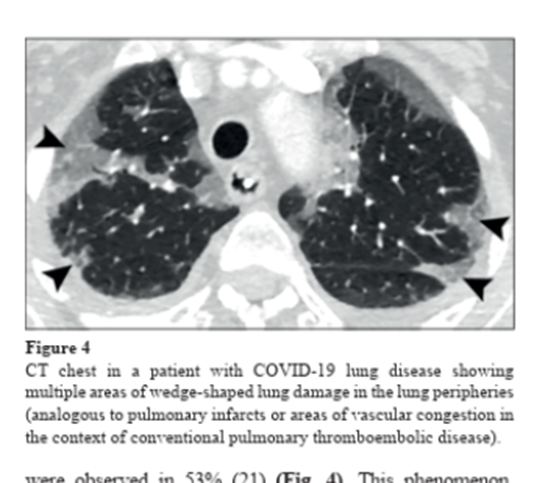
Soon the autopsy papers showed that clotting in the lungs was occurring in the capillaries (the smallest blood vessels). This means that we would not be able to detect clotting in the lungs using standard imaging techniques.
6/25 bit.ly/3XSg8aM
6/25 bit.ly/3XSg8aM
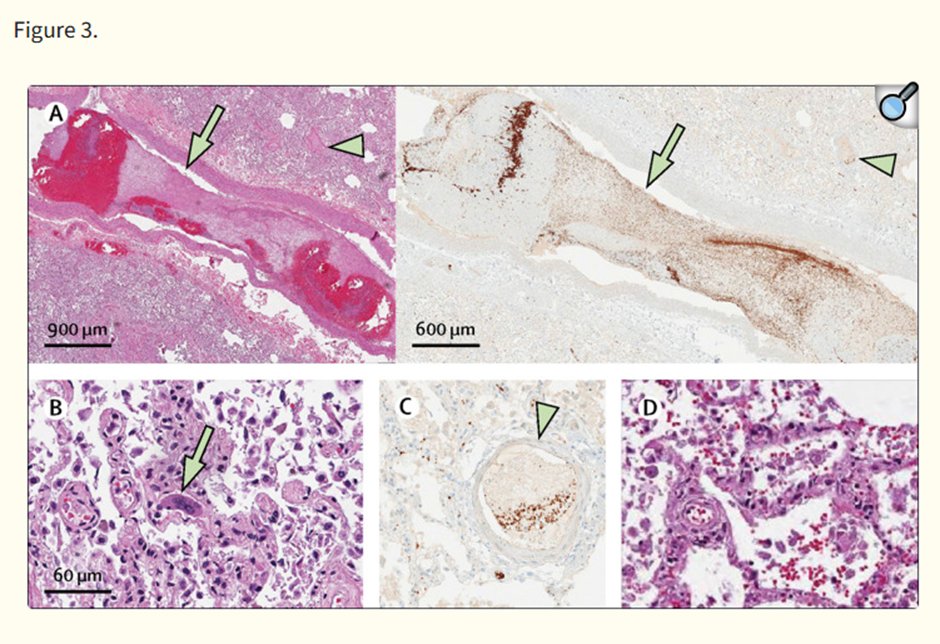
In June 2020 I wrote to a UK radiology journal to raise the alert.
The title of my letter was – ‘Acute COVID-19 lung disease: A pulmonary vasculopathy not a pneumonia’
I was told it would be too ‘time-consuming’ to be put forward for publication.
7/25
The title of my letter was – ‘Acute COVID-19 lung disease: A pulmonary vasculopathy not a pneumonia’
I was told it would be too ‘time-consuming’ to be put forward for publication.
7/25
So I published informally as a blog on the Radiology Masterclass website and shared my ideas widely.
8/25 bit.ly/3E6PX9D
8/25 bit.ly/3E6PX9D
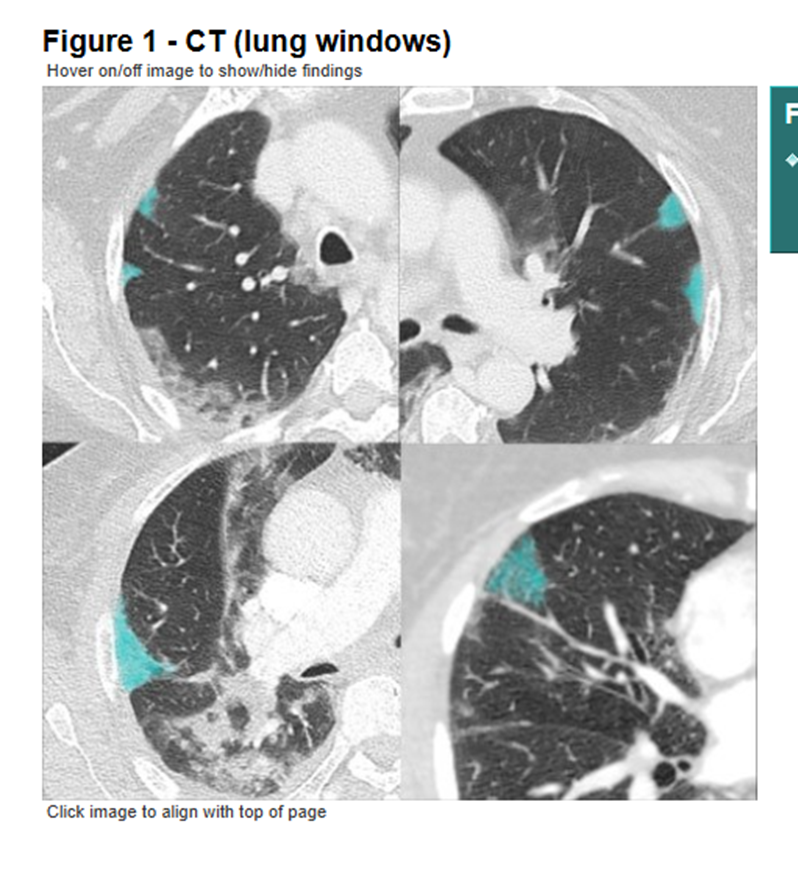
In November 2020 I was invited to speak at the @BritSocHaem annual conference.
The talk highlights that #COVID-19 is NOT a pneumonia. It is a pulmonary vasculopathy (disease of the lung blood vessels).
9/25
The talk highlights that #COVID-19 is NOT a pneumonia. It is a pulmonary vasculopathy (disease of the lung blood vessels).
9/25
This led to an invitation to join the REACT COVID-19 research group based in Southampton, UK.
People from across the world also sent me examples of COVID-19 cases. I looked at thousands of images.
The same pattern was repeated …
10/25
People from across the world also sent me examples of COVID-19 cases. I looked at thousands of images.
The same pattern was repeated …
10/25
The airways of the lungs were NORMAL!
Unlike influenza, there was no inflammation in the lung airways in people with #COVID-19.
The blood vessels were damaged.
And yet the world of medicine carried on treating it as if it were flu.
11/25
Unlike influenza, there was no inflammation in the lung airways in people with #COVID-19.
The blood vessels were damaged.
And yet the world of medicine carried on treating it as if it were flu.
11/25
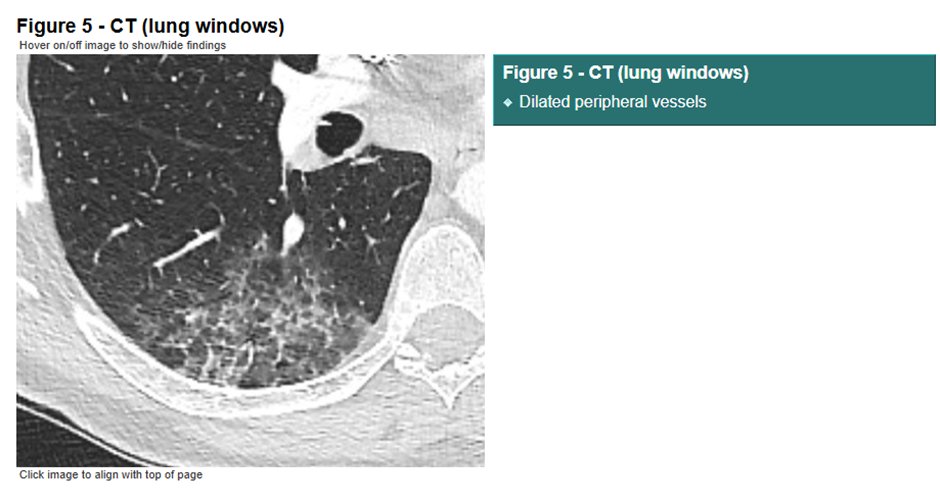
After many attempts to get published we were eventually accepted this month (April 2025!) in an institutional journal.
(Thanks to @UMJBelfast. And thanks especially to my colleague Alastair Watson for not giving up hope of publication.)
12/25 bit.ly/4j6fIpx
(Thanks to @UMJBelfast. And thanks especially to my colleague Alastair Watson for not giving up hope of publication.)
12/25 bit.ly/4j6fIpx

Here is our conclusion …
(Remember, this is 2020 data which could have been published in early 2021)
13/25
(Remember, this is 2020 data which could have been published in early 2021)
13/25

I am posting this story now so that we (humans) can learn some lessons.
When we encounter a new disease, we should all stop and ask ....
What are we dealing with?
Not ...
How is this similar to other diseases we know about?
14/25
When we encounter a new disease, we should all stop and ask ....
What are we dealing with?
Not ...
How is this similar to other diseases we know about?
14/25
Not ...
What old language can we use to describe this disease?
But ...
What is different?
What is new?
What don't we understand?
And ...
How can we collaborate to build a multidisciplinary understanding of diseases processes?
15/25
What old language can we use to describe this disease?
But ...
What is different?
What is new?
What don't we understand?
And ...
How can we collaborate to build a multidisciplinary understanding of diseases processes?
15/25
At the outset of the pandemic, ‘experts’ were called on to advise on population level planning.
This is fine (if you like graphs), but we also need a multidisciplinary approach to attempt to understand the biological mechanisms of the disease we are dealing with.
16/25
This is fine (if you like graphs), but we also need a multidisciplinary approach to attempt to understand the biological mechanisms of the disease we are dealing with.
16/25
You might think that medical organizations asked – what are we dealing with?
They didn’t!
They assumed it was just like influenza and kept calling the disease ‘pneumonia’.
This was a fatal error.
17/25
They didn’t!
They assumed it was just like influenza and kept calling the disease ‘pneumonia’.
This was a fatal error.
17/25

The pattern of lung disease we saw on medical imaging in people with #COVID-19 tells us that the disease is NOT pneumonia, it is a vasculopathy (disease of blood vessels).
This raises another question …
How does this happen?
18/25
This raises another question …
How does this happen?
18/25

This question led to hypothesizing that the virus is getting to the lungs from the upper respiratory tract (nose and mouth) via the bloodstream.
And this explains why gum disease is a major risk factor for death from COVID-19.
19/25 link.springer.com/article/10.100…
And this explains why gum disease is a major risk factor for death from COVID-19.
19/25 link.springer.com/article/10.100…

The concept of pathogens escaping the mouth and travelling to the rest of the body is now my major area of interest (writing a book).
20/25
20/25

What have I learned from COVID-19? …
That our lack of understanding of the biology of the mouth and the importance of #OralHealth is the biggest missing link in the whole of medicine.
21/25
That our lack of understanding of the biology of the mouth and the importance of #OralHealth is the biggest missing link in the whole of medicine.
21/25
In summary, gum disease bacteria escape the mouth all the time and are directly implicated in biological mechanisms of numerous common diseases of the body including cardiovascular disease, diabetes,
22/25
22/25

My frustration with the world of medicine (my world) is that we are pathologically unable/unwilling to shift ideas or to see the body holistically.
Our blinkered and siloed approach kills people!
Oral health is the most siloed of all areas of medicine.
23/25
Our blinkered and siloed approach kills people!
Oral health is the most siloed of all areas of medicine.
23/25
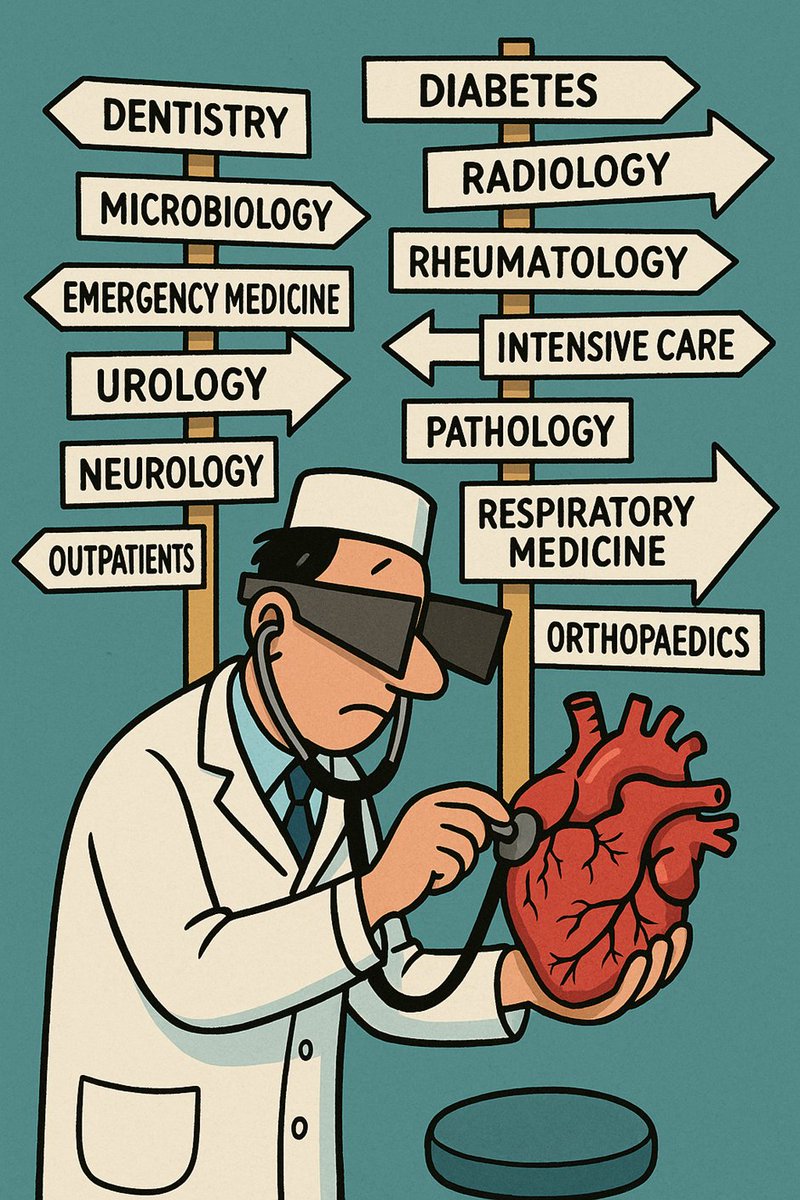
I'm now working with likeminded radiologists on an invited review of #COVID imaging for a major radiology journal.
We propose formation of a system by which all medical/scientific specialties collaborate to build understanding when we encounter a new disease ...
24/25
We propose formation of a system by which all medical/scientific specialties collaborate to build understanding when we encounter a new disease ...
24/25
… to ensure correct language is used to describe a disease (not old and potentially misleading language)
And …
To facilitate challenges to incorrect concepts, to stop them propagating and becoming fixed dogma in the medical literature.
25/25
And …
To facilitate challenges to incorrect concepts, to stop them propagating and becoming fixed dogma in the medical literature.
25/25

• • •
Missing some Tweet in this thread? You can try to
force a refresh




